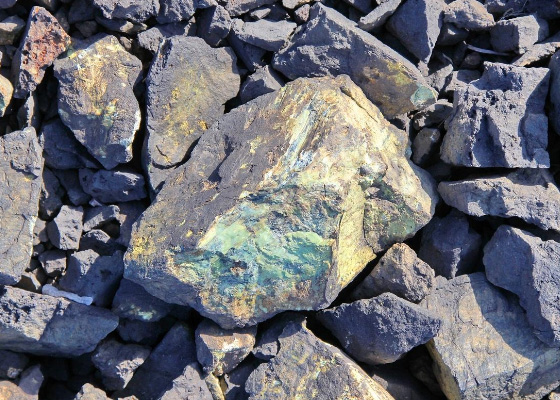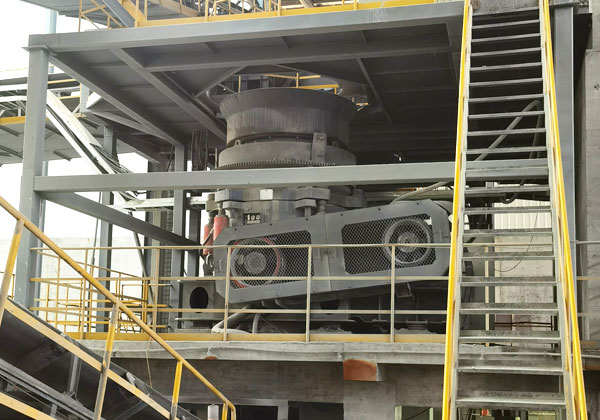Copper ore extraction and crushing is a critical part of the copper mining process. The goal is to efficiently extract copper from ore deposits and prepare it for further processing and refinement. Here’s an overview of the key aspects involved:

Copper Ore Extraction
- Exploration and Discovery: The extraction process begins with exploring and locating copper ore deposits. Geologists use various techniques, including geological surveys, geophysical methods, and drilling, to identify potential ore bodies.
- Mining Methods:
- Open-Pit Mining: Used when ore bodies are close to the surface. It involves removing large amounts of overburden (the soil and rock overlaying the ore) to access the copper ore. Open-pit mining is cost-effective for large, low-grade ore deposits.
- Underground Mining: Employed for deeper ore deposits. It involves digging tunnels or shafts to reach the ore body. Techniques include room-and-pillar, cut-and-fill, and sublevel stoping, each suited to different ore body shapes and depths.
- Ore Transport: Once extracted, the ore is transported from the mining site to processing facilities. This is typically done using haul trucks, conveyor belts, or rail systems.

Copper Ore Crushing
- Primary Crushing: The first stage of crushing is carried out using a primary crusher. Jaw crushers are commonly used for this purpose. They break down large chunks of ore into smaller, manageable pieces. The size of the crushed ore is reduced significantly, making it easier for further processing.
- Secondary and Tertiary Crushing: Secondary crushers, often cone crushers or impact crushers, further reduce the size of the ore. Cone crushers are used for intermediate crushing, producing finer particles. Impact crushers are used for tertiary crushing, which provides even finer ore particles and ensures that the ore is crushed to the desired size for subsequent processing.
- Crushing Equipment:
- Jaw Crushers: Characterized by their large, heavy-duty design, suitable for initial reduction of large ore chunks.
- Cone Crushers: Utilize a rotating cone and a fixed outer shell to crush ore, ideal for secondary and tertiary crushing.
- Impact Crushers: Employ impact force to break down ore, effective for producing fine particles.
Equipment Specifications
- Crushing Capacity: The capacity of crushing equipment is measured in tons per hour (tph). Primary crushers usually have capacities ranging from 100 to 1,000 tph, while secondary and tertiary crushers often handle 50 to 500 tph.
- Crusher Type Selection:
- Jaw Crushers: Ideal for initial size reduction, handling large feed sizes and producing coarse outputs.
- Cone Crushers: Best for medium to fine crushing, providing a more controlled particle size.
- Impact Crushers: Suitable for producing fine and very fine materials, often used in secondary and tertiary stages.
Final Preparation
After crushing, the ore is usually subjected to additional processing steps, such as grinding, flotation, and smelting, to extract the copper metal from the ore. The crushed ore is often ground into a fine powder and subjected to flotation to separate the copper from other minerals. The final product, copper concentrate, is then processed in smelting furnaces to produce pure copper.
In summary, copper ore extraction and crushing involve careful planning and execution to maximize efficiency and minimize environmental impact. Advanced technology and equipment play a crucial role in ensuring that the ore is processed effectively, from the initial extraction to the final production of copper.

